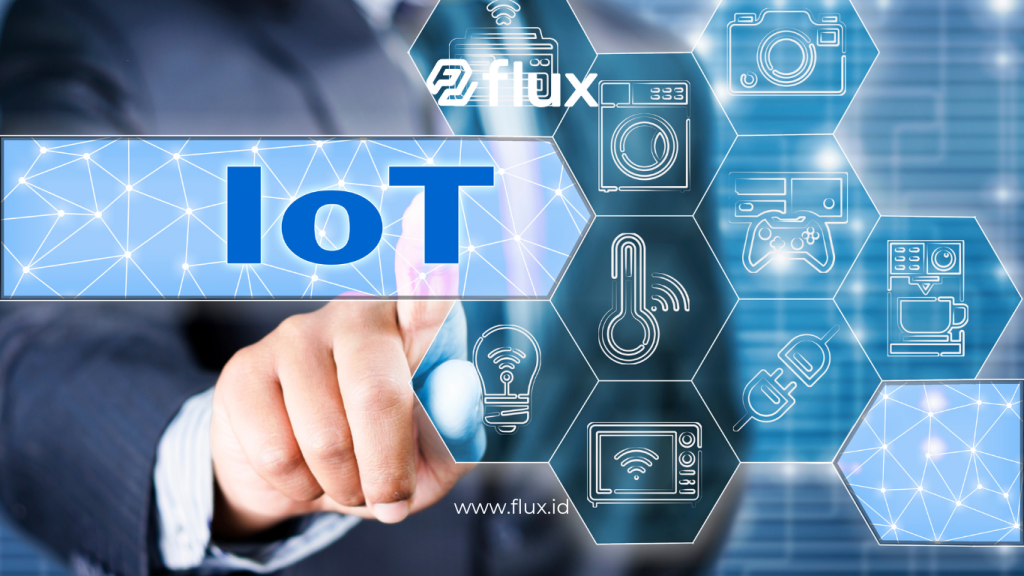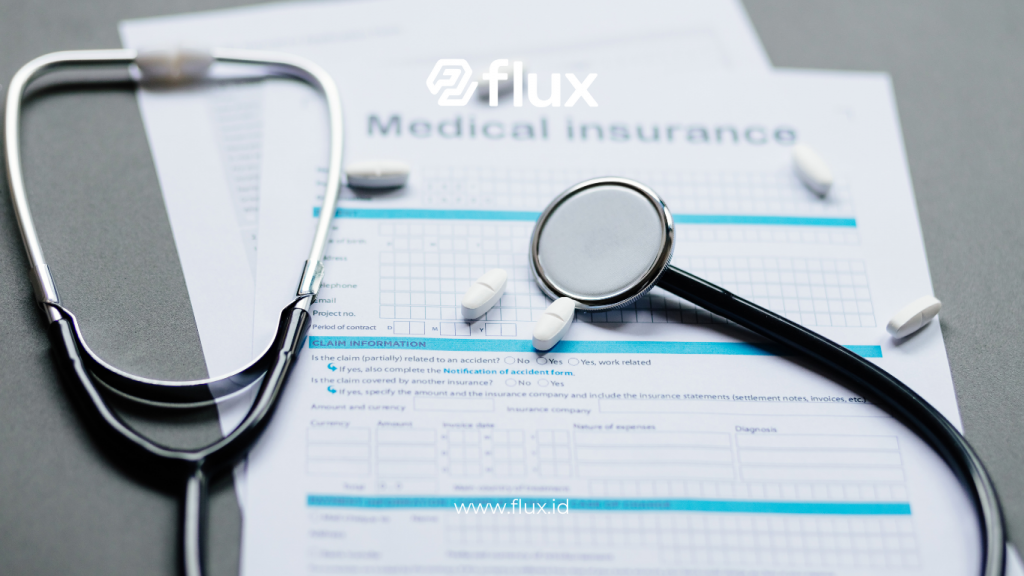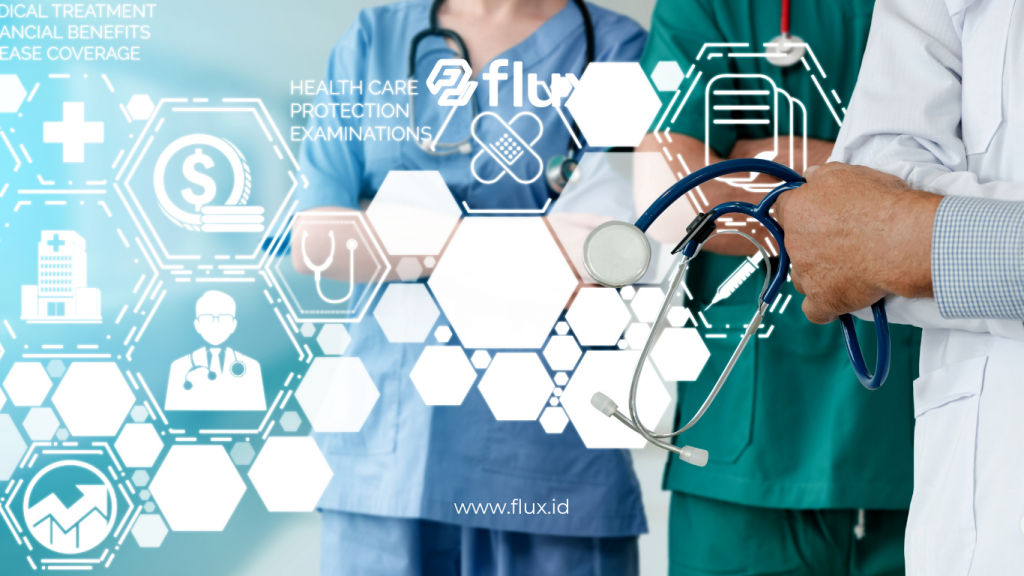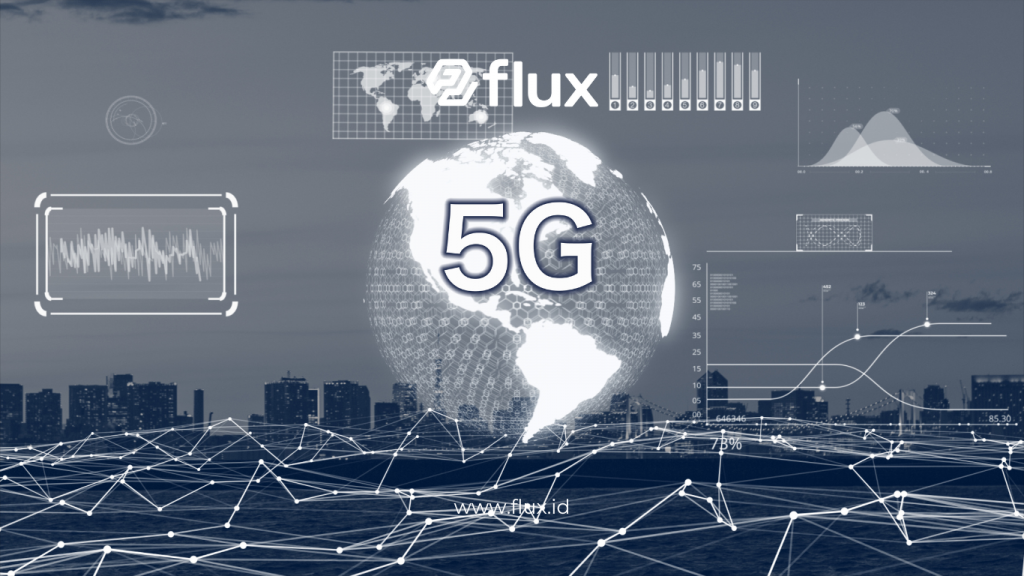Don't miss our holiday offer - 20% OFF!
In today’s digital age, the Internet of Things (IoT) plays a revolutionary role across various sectors, especially healthcare. This technology not only offers new ways to integrate medical devices but also improves efficiency and personalizes patient care. In this article, we will explore how IoT is transforming healthcare, from real-time health monitoring to data-driven treatment solutions.
Contents
1. Introduction to IoT in Healthcare

The Internet of Things (IoT) refers to a network of devices connected via the internet, which can communicate and share data. In healthcare, IoT devices include sensors embedded in medical equipment, wearable devices, and smart home gadgets used for direct patient monitoring. As a result, healthcare providers can monitor patients more effectively and make well-informed decisions.
1.2 How is IoT Applied in Healthcare?
IoT is already being used to monitor patients’ conditions in real-time, collect crucial data for diagnoses, and enable better care management. With the help of this technology, doctors can make decisions based on accurate, up-to-date data, ultimately improving treatment outcomes.
2. IoT Applications in Healthcare

2.1 Wearable Devices for Health Monitoring
Wearable devices, such as smartwatches and fitness trackers, have become essential tools for monitoring individual health. These devices measure heart rate, blood pressure, steps taken, sleep quality, and other health indicators. The data collected is then shared with healthcare providers for further analysis, which enables a more personalized approach to care.
2.2 Remote Patient Monitoring
Furthermore, IoT allows patients with chronic diseases or those recovering from surgery to be monitored remotely. This approach reduces the need for frequent hospital visits, which greatly benefits patients with mobility limitations. Sensors installed in patients’ homes transmit real-time health information directly to their healthcare providers.
2.3 Smart Medical Devices
Additionally, smart medical devices like insulin pumps or inhalers are connected through IoT technology. This allows patients to manage their medication more effectively and alerts doctors if abnormal usage is detected, ensuring safety and timely intervention.
3. Benefits of IoT in Healthcare

Read More: Enhancing Hospital Hygiene Standards with Environmental Sensors: How They Work and Their Benefits
3.1 Improved Care Efficiency
One of the most significant benefits of IoT in healthcare is the increased efficiency. Thanks to the availability of real-time data, medical professionals can make quicker and more precise decisions. Consequently, this reduces the risk of misdiagnoses or incorrect treatments, which can be life-saving in many cases.
3.2 Personalized Care
Moreover, IoT facilitates more personalized medical care. Data collected from wearable devices or sensors allows doctors to tailor treatment plans to each patient’s unique needs. This individualized approach improves overall patient outcomes and quality of life.
3.3 Preventive Health Monitoring
In addition to personalized care, IoT enables proactive health monitoring. With continuous data collection, healthcare providers can detect early signs of potential health issues, allowing them to take preventive measures before conditions worsen.
4. Challenges of IoT Implementation in Healthcare

4.1 Data Security and Privacy
However, IoT implementation in healthcare is not without challenges. With the increasing amount of sensitive health data being shared, security becomes a critical concern. The risk of hacking and data breaches can compromise patient privacy, making it crucial for service providers to implement strong security measures for IoT devices.
4.2 Integration with Existing Healthcare Systems
Another challenge lies in integrating IoT with existing healthcare infrastructure. Many hospitals and clinics still rely on manual systems or digital platforms that are incompatible with IoT devices. Transitioning to IoT requires significant investment, not only in technology but also in human resources training.
4.3 Dependence on Internet Connectivity
Moreover, IoT devices depend on stable internet connections to transmit real-time data. In regions with limited or unstable internet access, the benefits of IoT in healthcare may be significantly diminished, posing another barrier to its widespread implementation.
5. Case Studies of IoT in Healthcare
5.1 Diabetes Management with IoT
IoT technology is already helping diabetes patients monitor their glucose levels through sensors connected to mobile apps. This allows patients to track their blood sugar patterns and make real-time adjustments to their treatment. At the same time, doctors can remotely monitor the data and provide better care recommendations.
5.2 Elderly Health Monitoring
Likewise, elderly individuals often require constant health monitoring. With IoT, sensors installed in their homes can track daily activities, detect falls, and monitor vital signs. This technology enables family members and doctors to provide care without being physically present at all times.
6. The Future of IoT in Healthcare

Read More: Energy Efficiency in Hospitals: Implementing IoT for Sustainability
6.1 Advances in AI and Machine Learning
Looking ahead, IoT’s integration with artificial intelligence (AI) and machine learning will further enhance health data analysis. These systems can identify patterns from large data sets collected by IoT devices, helping doctors make more informed diagnoses and treatment plans. In the future, IoT will continue to drive the development of smarter, more automated healthcare devices.
6.2 More Interactive Telemedicine
IoT also paves the way for more interactive telemedicine. In the near future, patients may use IoT devices to engage with doctors in more in-depth virtual sessions, including real-time measurements of vital signs during consultations. This advancement will make remote healthcare even more effective.
6.3 More Advanced Medical Devices
Finally, IoT will drive the creation of more advanced medical devices, ranging from more precise diagnostic tools to remotely operated surgical robots. These innovations will not only reduce human error but also improve patient care outcomes.
Conclusion
In conclusion, IoT offers numerous benefits that are already transforming how medical care is delivered. From wearable devices to remote patient monitoring, IoT improves efficiency, personalization, and safety in healthcare. Although challenges such as data security and infrastructure limitations remain, the potential for IoT to enhance healthcare services is vast. As technology advances, we can expect to see better patient outcomes and more responsive healthcare systems.





